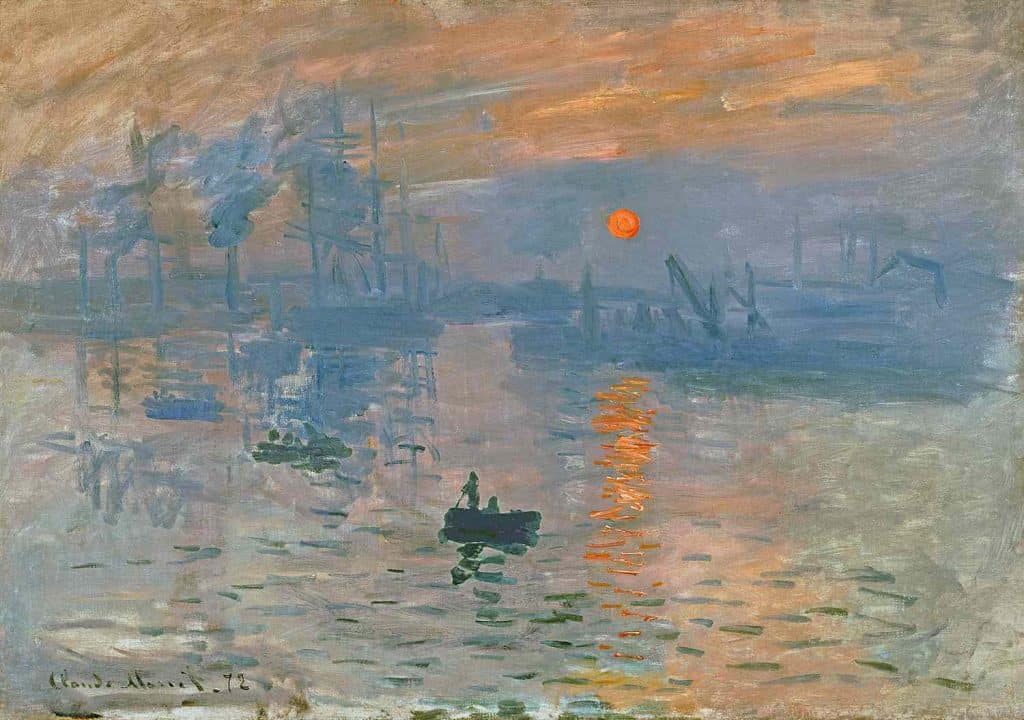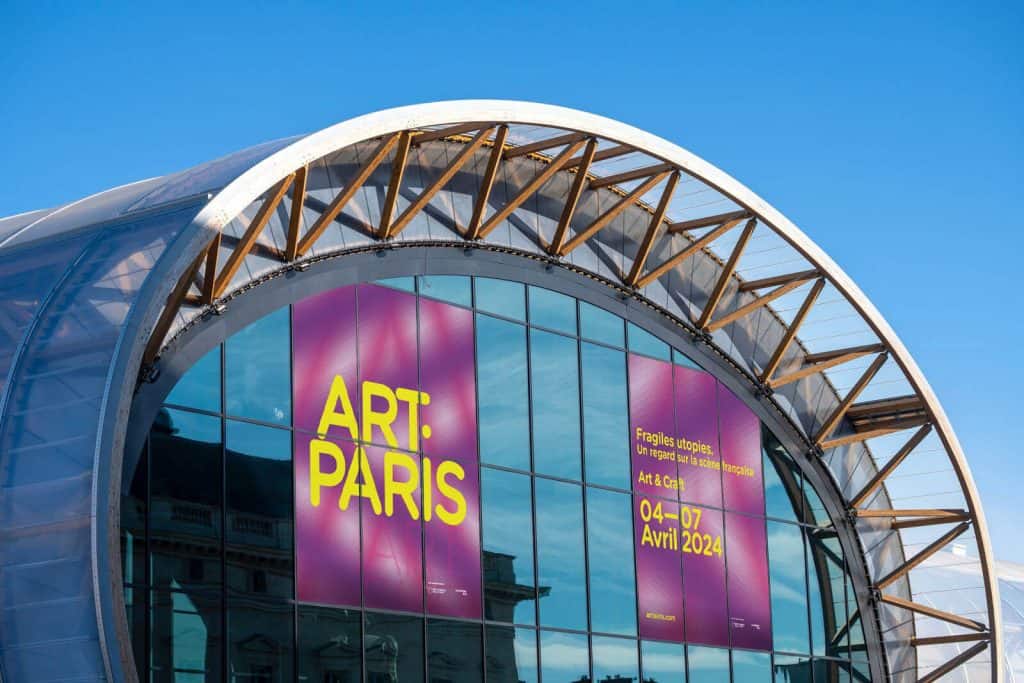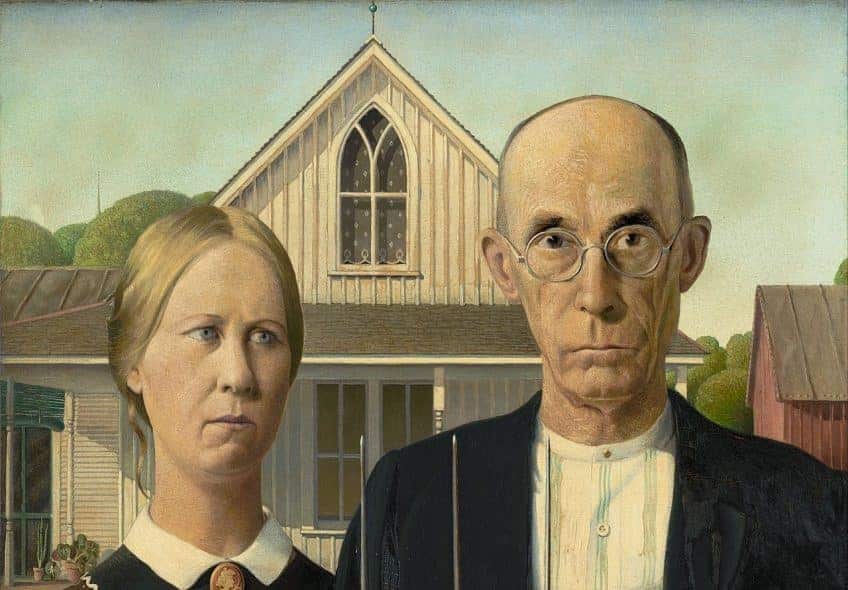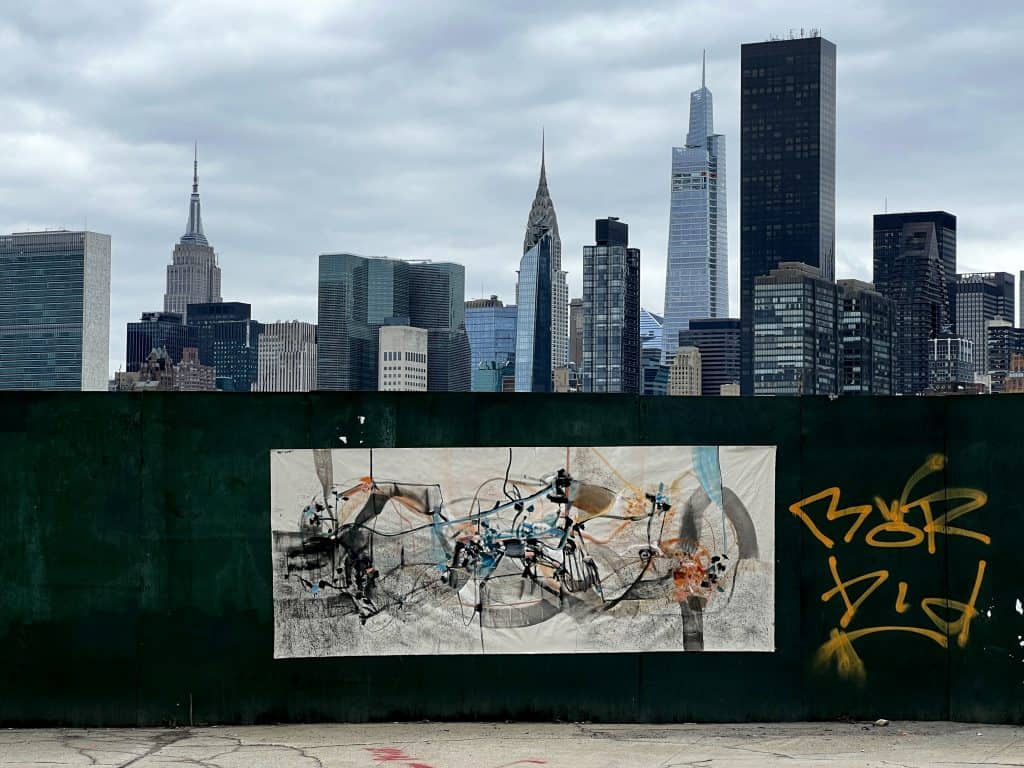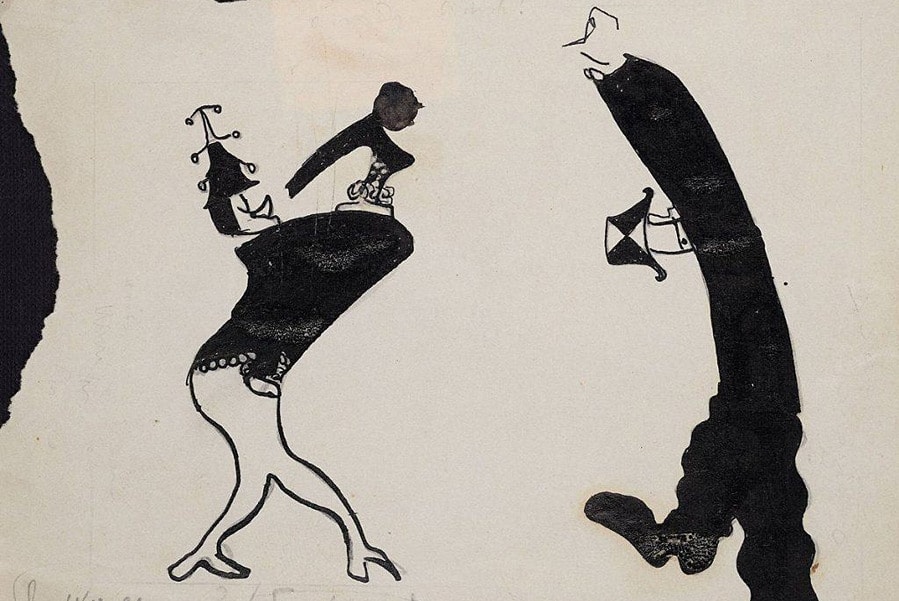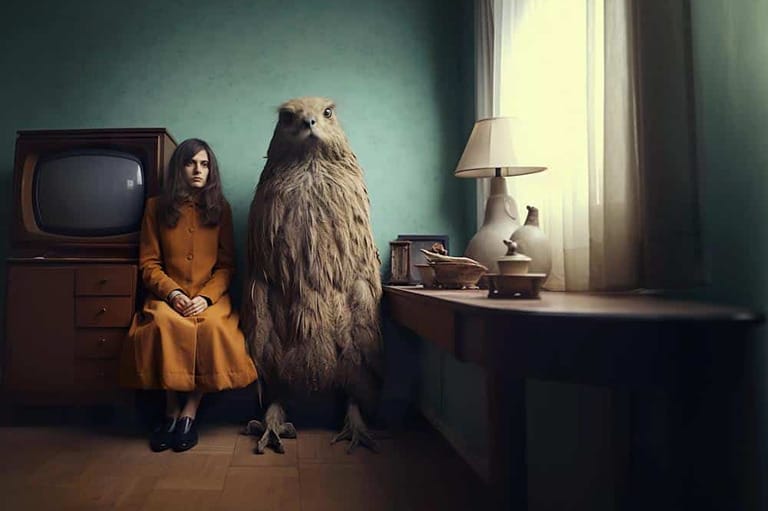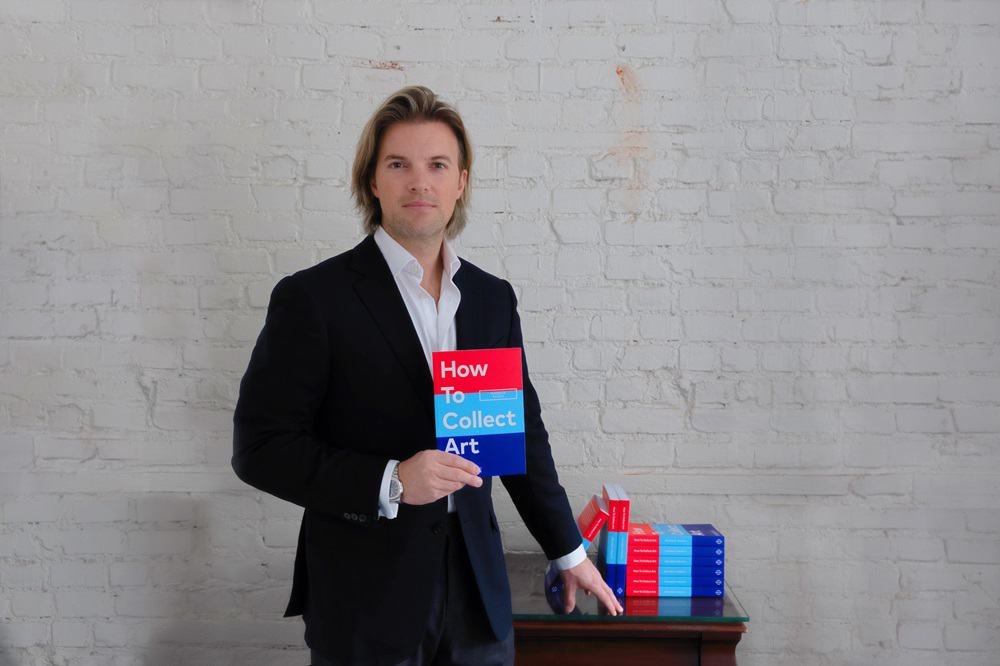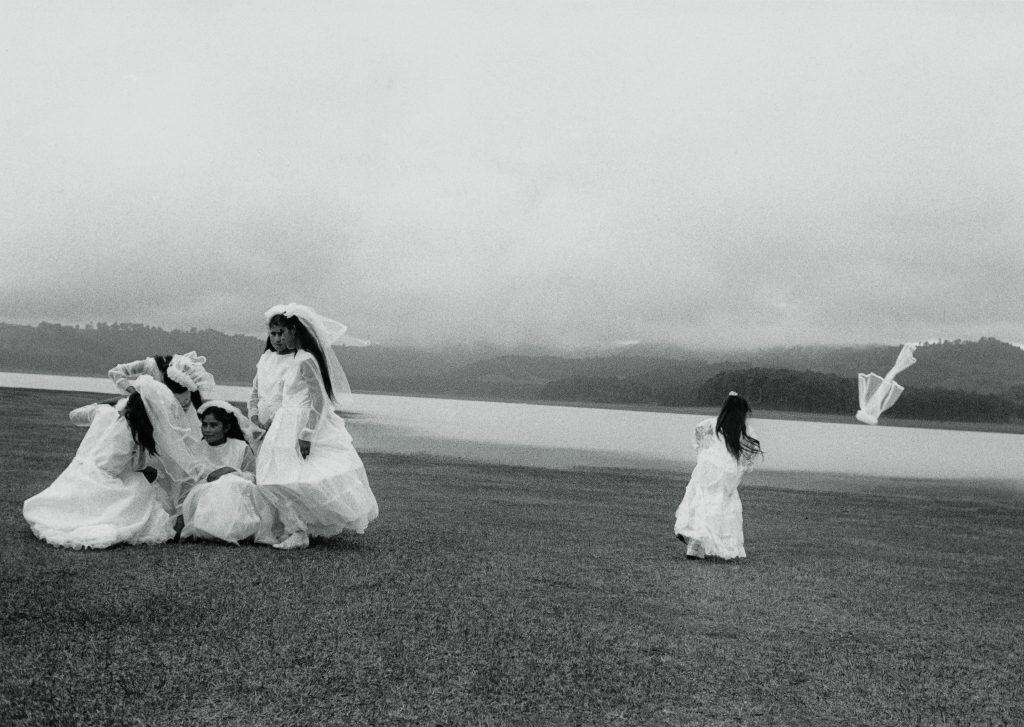Interview with Marie Munk and Stine Deja
The two London-based Danish artists Marie Munk and Stine Deja are working in the borderland between the real world and the virtual world. They both question the ways technology affects social behaviour while embracing it as a source of inspiration at the same time. For their first collaborative work, the exhibition ‘SYNTHETIC SEDUCTION’ at Annka Kultys Gallery in London, they have created a human laboratory that both in a bodily and an abstract sense explores why we are seduced by technology and how it brings a risk of forgetting the simple wonders of our physical body – breathing, touching, moving in space – fundamental values at the core of what makes us humans. We met the two artists for a talk about the exhibition and their thoughts on how we navigate as humans in a digital age where, to quote the duo, “for now at least, we are still in charge”…
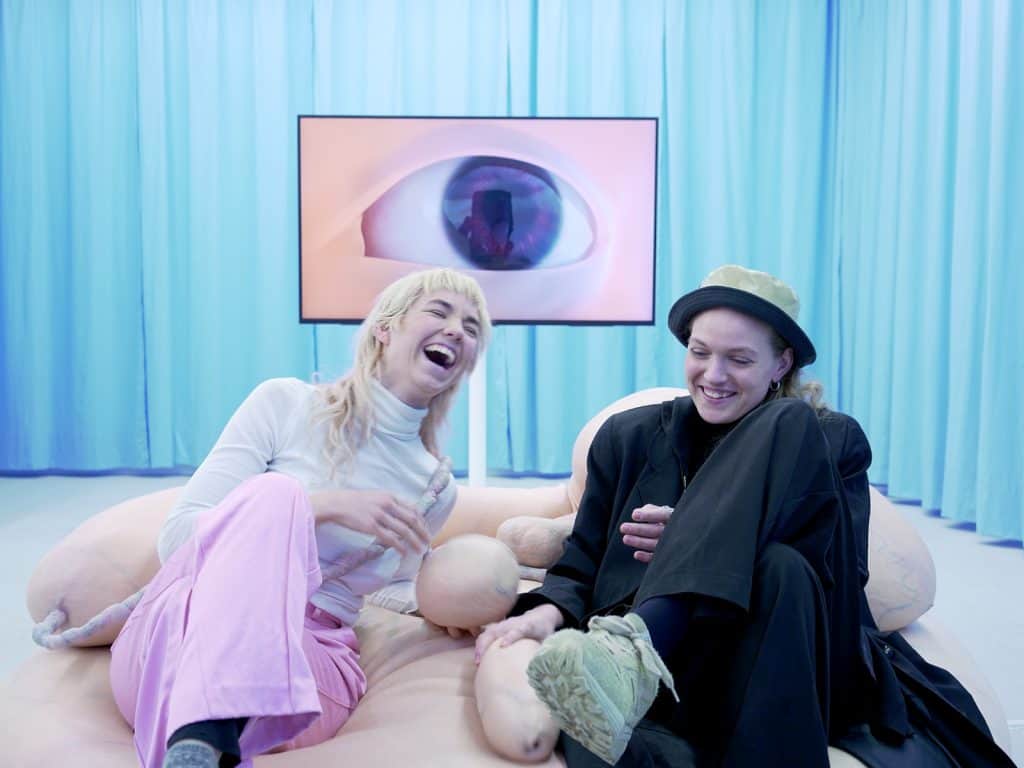
You have known each other since you met during your studies at Kolding School of Design, Denmark. What led to the collaboration around the exhibition ‘SYNTHETIC SEDUCTION’ at Annka Kultys Gallery in London?
M: A shared interest in the way technology affects both the way we as humans understand our own existence but especially the way it amends social behaviour and the way we are intimate and present with one another.
Also, pairing up was grounded in a frustration we had both felt, working in the cross-over between real life (RL) and virtual reality (VR). We imagined that combining our practices would give us a better possibility to work across RL and VR. It was specifically this tension between RL and VR we both had an eagerness to investigate in our work. It therefore seemed natural to pair up.
S: We had the idea of collaborating after we both finished our studies at the Royal College of Art. In our initial brainstorming session we figured out that we were both super interested in the same things and had done a lot of similar research. It felt right for us to combine our strengths and create something together, both of our work has changed quite a lot since being at Kolding School of Design and for this show it felt like we found a mutual playground that really suited us both.
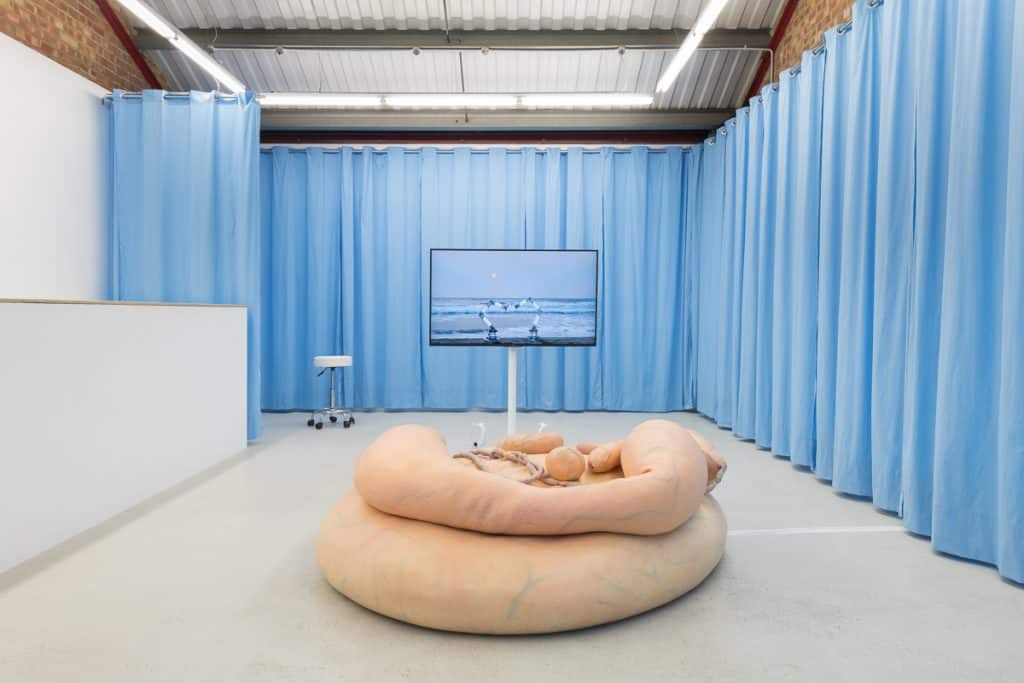
In your practices, you both explore how alternative realities challenge our being in the world, but by use of different forms of media. Can you tell about ‘SYNTHETIC SEDUCTION’ and the collaborative process leading up to the exhibition?
M/S: The collaboration started with meeting up and discussing our interests and thoughts. We did a lot of research, sending each other book/article/film/series recommendations to get a deeper and better understanding of the topic we were drawn by. Slowly we managed to extract our focus. Thereafter it has been a sort of ping pong process, one would show a little idea/sketch/clip/thing that she had been working on and that would generate new thoughts and ideas for the other and so on and so forth. Slowly and almost unconsciously, the story and the concept for the show developed.
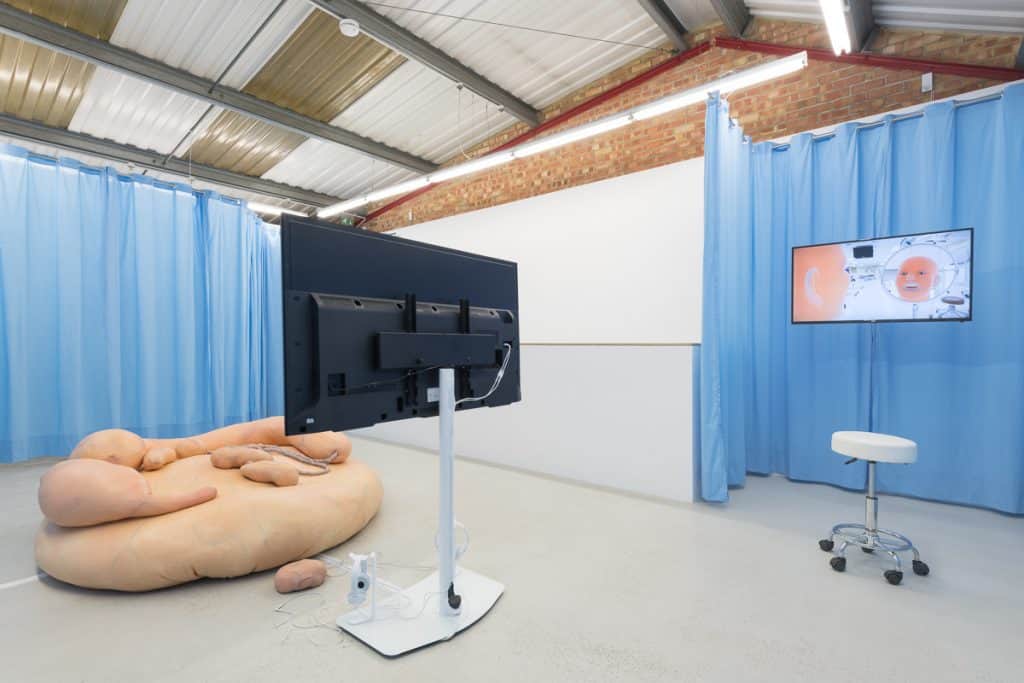
The title ‘SYNTHETIC SEDUCTION’ points to some sort of prevailing ambivalence that seems to be a defining characteristic of the virtual world. Many people get lulled into it, even seduced by it, but in the end, it often leaves us less connected with people and more connected to simulations of them. How did you come up with the title and what does it mean to you?
M: Pretty much what you say. I think it developed from some of Sherry Turkle’s theory about how technology seduces us by making emotions ”easy”. It offers relationships without the complexity of being face to face. Most humans find this very attractive. As well it refers to the many surrogates that are being developed to replace human physical contact, interactive teddies, robots, inflatable jackets and so on, consumables that promise intimacy. Robots and Artificial Intelligence Systems (AIS) are becoming more and more clever and human-like, but the biggest struggle is still to make them empathic and emotional, which are values that really touch the core of what we believe makes us humans special. Can we actually ever create a synthetic intimacy that does not seem to differ from the real human one? And why are we seduced by this thought?
S: During the research process we had a lot of ideas for different shows, and we actually came up with this title for something else but then stayed really attached to it. I think Synthetic Seduction was kind of the umbrella term under which a lot of ideas were developing and so in this case the title actually maintained our focus. Synthetic Seduction is kind of sexy but then also extremely unsexy at the same time – it reflects this show very well.
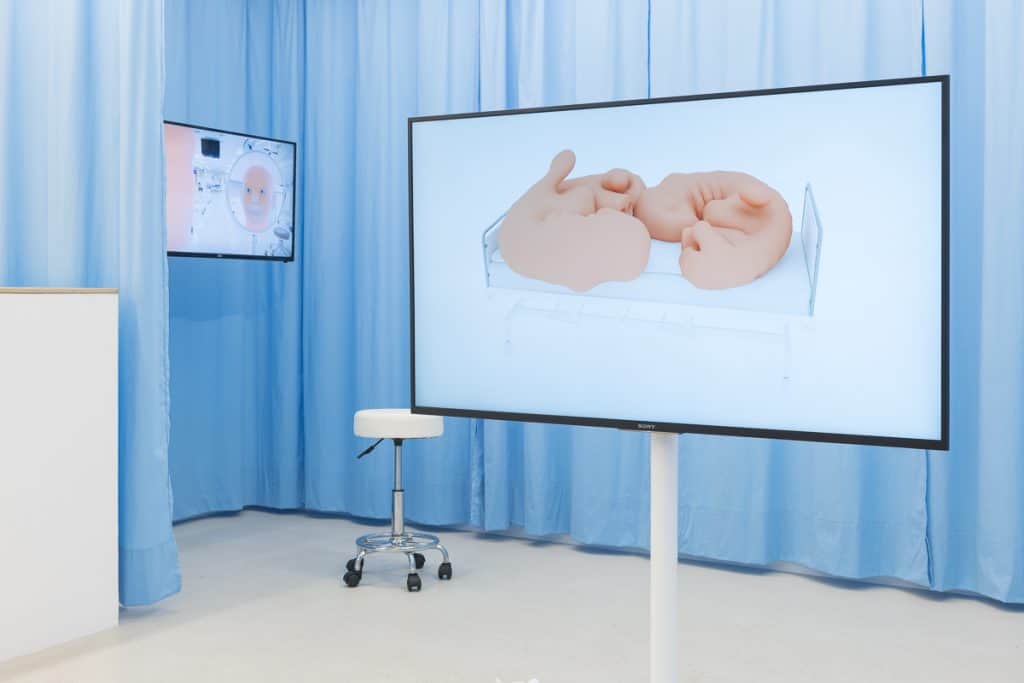
For the exhibition, you have created a space that both seems familiar from its associations with clinical hospitals – a place where many of us begin and end our lives – as well as something futuristic, an alternative reality. What were your thoughts about the exhibition space and which feelings do you intend to evoke in the audience?
M: We wanted to create a sort of human laboratory. A sense of experimenting with humanity, both in the bodily and the abstract sense, which is basically what is happening in reality with the development of robots and AIS and biological 3D printing. Our substance is increasingly becoming a material for experimentation. The surgery room is also a kind of neutral space, both amazing and tragic things can happen there, but no matter what, human life is what is in focus. As well it is often a space were reflection upon life is the strongest, and where many come to understand who really matters to them in their life. We find this a suitable backdrop for our work.
S: Something we have talked a lot about is the fact that for us the ‘real art’ in this show lies within the experience people are getting when encountering our work. The art is not objectified but something the visitors can take home and think about. Therefore, setting the right environment for this experience is crucial to the way we want people to feel. By using the clinical environment we are able to make people understand the space as soon as they step inside. The visitors will be able to contextualise what they are experiencing, plus it will give them expectations for what a space like this is. We can use these preconceptions that people bring to the gallery and playfully disrupt them by making people believe that they are in a familiar clinical environment the level of uncanniness is maximised.
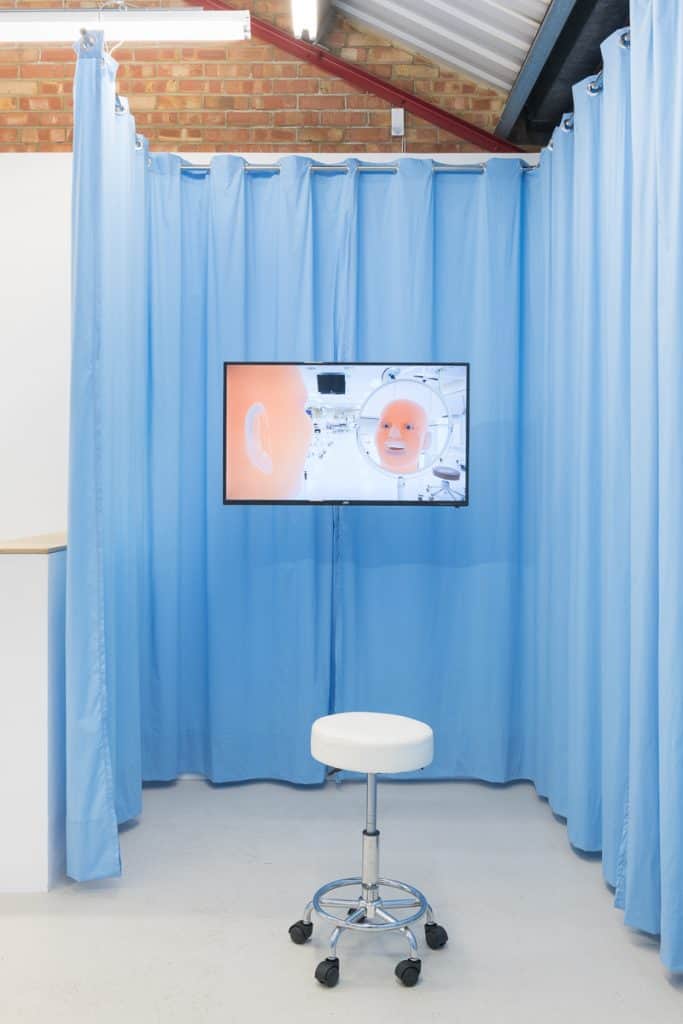
A recurring theme throughout the exhibition is physical presence – or the lack of it – and bodily sensations such as touching, feeling, breathing. Why are you drawn to this fundamental aspect of being human?
M: The virtual world is very much a space for our hyper-intelligent mind to wander. It is so amazing what we are able to explore in the virtual world, that the simple wonders of the physical body can sometimes seem undervalued or simply forgotten. With ’Synthetic Seduction’ we wish to investigate our need for simple physical contact in a world where the virtual arena often seems to have so much more to offer.
S: I’m interested in translating bodily organic functions and emotional languages into non-human beings as a kind of what-if exercise. In the Foreigner video, the singing character has all the expressions of someone losing themselves in a romantic song, which evokes complicated feelings for the viewer who is aware of the fact that the character is non-human and incapable of “knowing what love is”. What’s unclear is if the character is trying to mock or copy the expression of humans or if there’s a genuine will to feel something – this could be interpreted as either sinister or tragic.
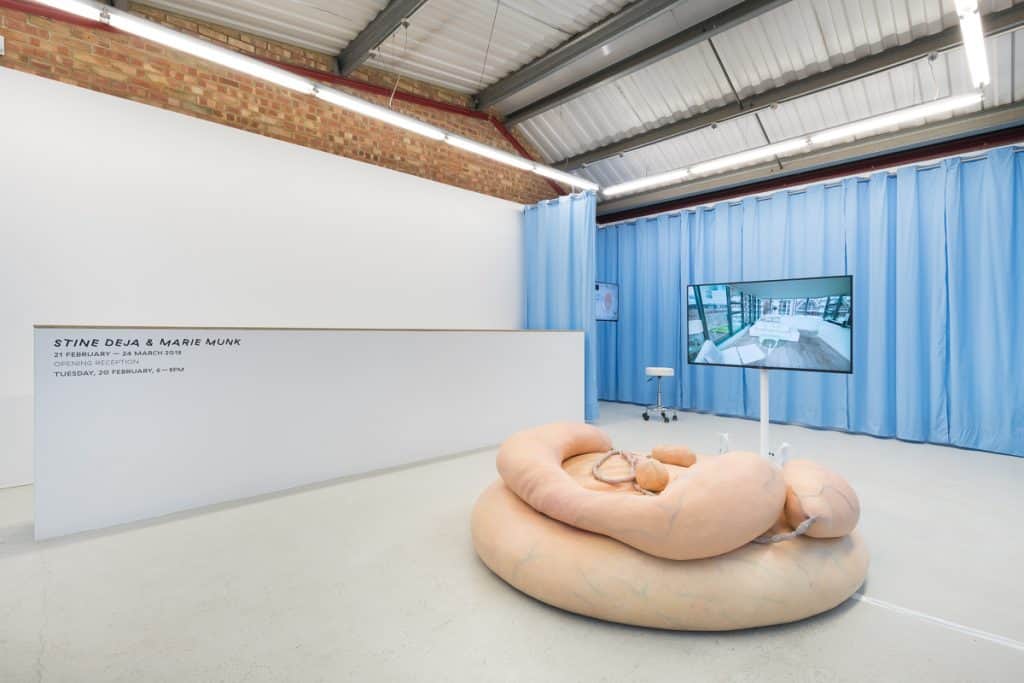
How do you see your own role as artists, who on the one hand challenge current tendencies in society and, on the other hand, are a part of the very same social structures that you question?
M: I think that is an always present dilemma for most artists actually. If you look back in time it is easier to be distant. Working with now and ”the future” I think it is inevitable to not end up shooting yourself. In the end, it is also very much our own confusion we investigate. We find it relevant to involve other because we believe this affects everyone. I also think it is a generel tendency that people are critical towards some of the ways that technology have impact on our social behaviour, but at the same time embrace it and couldn’t live without it. What matters is just that we don’t loose ourself in it, because it is so easy to be seduced, as humans we are very vulnerable after all.
S: I really think that the only way for us to challenge tendencies is by knowing and understanding them. Challenging technology isn’t necessarily something we do because we think it’s all evil, and I think there is value in coming at it from an embedded but critical position. Current tendencies towards an increasing dependence on technology are of course having both positive and negative impacts on society at large and I am pretty undecided on how I ultimately feel about this. I think that work which explores or challenges the impact on society is important in order to get people thinking about where they want it to go, because for now at least, we are still in charge.
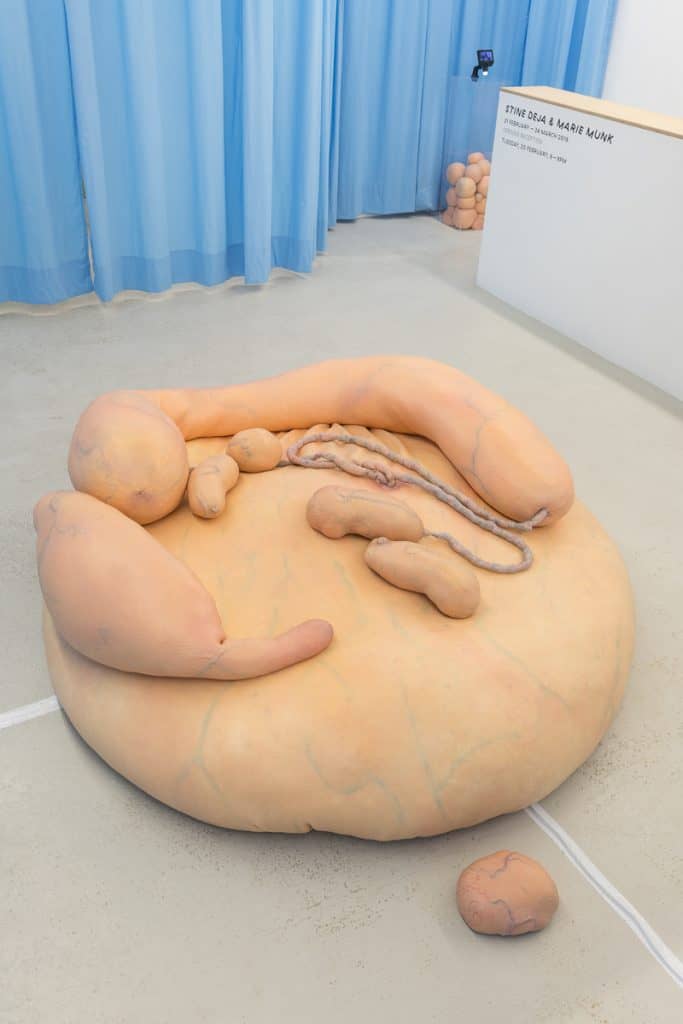
How does your own experience with social media and virtual spaces feed into your creative process?
M: My daily usage of these spaces is what drives me and inspires me. I think most reflection happen if you take part in what you are inspired by. In a way I wish I could dedicate half of my time to let’s say Second Life or something similar, just to experience what it is truly like. There is a reason why things become popular, and that is what is so interesting – why are we seduced?
S: I guess that social media is a little bit like modern day ‘people watching’ but now you can do it shamelessly all the time, in private and I have always liked studying people and their behaviour. I find, like many other people I guess, that my relationship with social media is turbulent, sometimes I feel worried by how much I emotionally invest in it. There is no doubt though, that these virtual spaces feed my creative process but can also be a deadly procrastination location.
The world is becoming more and more digital, however, the art world has been slow at adapting to the digitalisation. How do you experience this as artists working on the borders between the real and the virtual world?
M: I think there will always be the progressive and the more classic-minded players in the art world. Obviously this gap may grow with the virtual world becoming a bigger and bigger part of our everyday life. But lots of artists, curators etc. have been really progressive in exploring the digitalized world, and even developed new technologies. But wanting to be ahead of a tendency or development, can also trap you, as an artist, in technical issues.
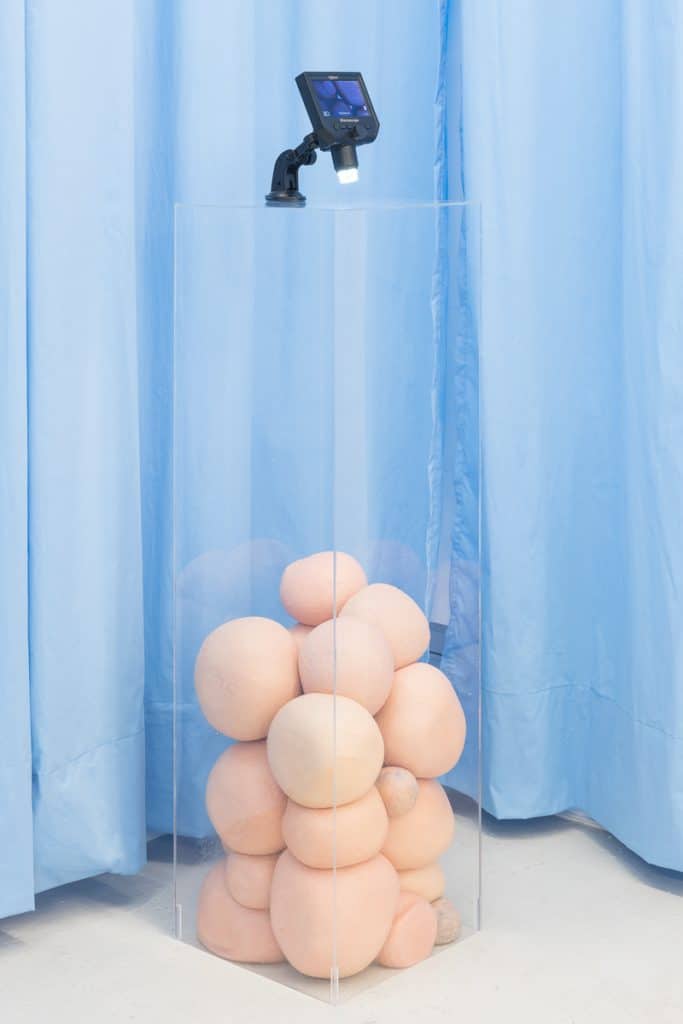
S: I think that the way that I live at the moment means that my main gateway into the art world is via a digital route. I do visit galleries without knowing what is on, but most of the time I find that galleries and institutions I follow do a wonderful job at reaching out to people through social media and promoting shows via digital and online platforms. The internet has also opened up the possibility for purely virtual shows that exist only online – that is an interesting shift. I like that you describe the work as on the borders, I really do see my work as more in the real than the virtual world, my shows are immersive and meant to be experienced in space and I want the viewer to feel differently than they do streaming content online. I fear that at the moment there is a tendency to pigeon-hole artists as one or the other – I’m happiest on the border.
If you had to pinpoint the most positive aspect of digitisation, what would it be?
M: Definitely that we are more connected – it is a love/hate relationship. But when you’re more or less grown up with a smartphone in your hand, it is hard to imagine a world without. Also in regards to the access to information, it is the same, a love/hate relationship, but I am very pleased that I do not have to know all timetable of all buses, tubes and trains in London in order to find the quickest route. I feel very blessed to be augmented with my pocket size smartphone in that situation.
S: I think there’s numerous positive aspects of digitisation, for me it’s wonderful that living in London in 2018 doesn’t affect the way I communicate with my family. I’m in touch with them every day, so minimising the distance, at least cognitively, made my life a lot more pleasant. Other than that there’s of course some incredible advances in terms of how we treat and operate on people that are sick. It’s not just about communication but also about health etc.
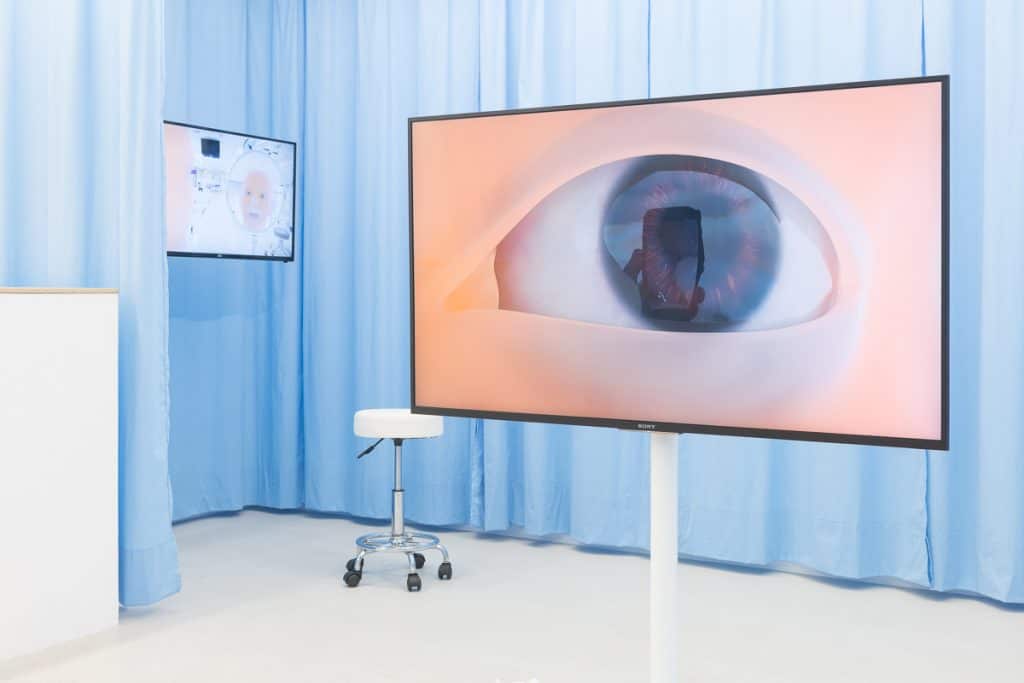
In her book “Alone Together: Why We Expect More from Technology and Less from Each Other”, MIT technology and society professor Sherry Turkle explores what we are looking for – and sacrificing – in a world of electronic companions and social networking tools. In an ideal world, how would you like to see human interaction unfold?
M/S: I think we are still getting to know the best way to be social in this new so-called mixed-reality. I think our biggest struggle now is to balance our time on and off our virtual connectivity. I guess an ideal scenario is that we become better at understanding what a healthy balance is and why that balance is best for us.
Making the right decisions within this new digitalized world is also made much harder, because huge million dollar businesses are developing the technologies with money on their mind and not a better future for humans. Most humans are very easy to seduce, so there is an ever increasing pressure on our shoulders to navigate in this and try and act in the most responsible way for ourself and others around us.
